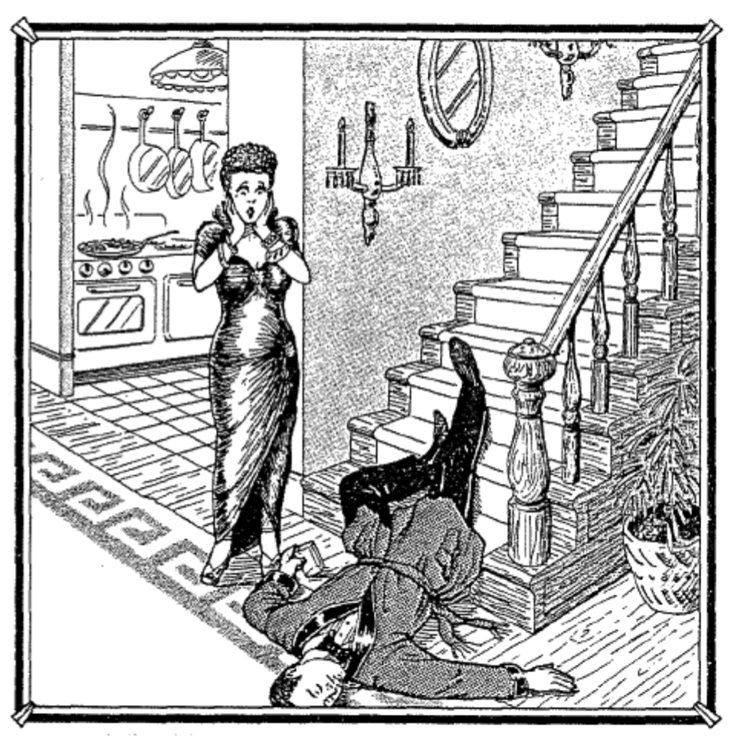HW2:
CONTINUED
EXERCISES: WRITING A CLAIM/EVIDENCE/WARRANT PARAGRAPH
Writing warrants can sometimes seem hard, but it can help if you think of them as common sense rules that
people accept as generally true.
Moreover, you are probably pretty familiar with warrants already (even if you don't know it) as a
consequence of a particular type of popular culture: crime scene investigation television shows. These
programs spend considerable time establishing warrants. Think, for example, of the popular show CSI. Most
 warrants make CSI work warrants make CSI work
as a television show
|
viewers of that program likely share a set of beliefs about forensic science
because the writers of the show use warrants to connect evidence to
conclusions. For example, that pistols and rifles leave distinctive markings on the
bullets they fire is a well-established warrant in these shows.
So, for example, if a bullet found in a victim or at a crime scene matches one fired
from a gun owned by a suspect (evidence specific to the case), the fact that
firearms leave a distinctive mark (a general warrant) helps support an argument
of a suspect's guilt (the claim). The bullet is not the claim; the bullet is the evidence
that is connected to the claim through the use of general warrant. You might
think of this theme in an episode of CSI as a claim/evidence/warrant paragraph:
| Claim |
Forensic science confirms Prof. Fritz killed the innocent victim. |
| Evidence |
The bullet found in the victim matches bullets fired from a gun owned by Prof. Fritz. |
| Warrant |
Because guns leave a distinctive marking on
the bullets they fire, if the bullets match Prof. Umbach's gun, he is
the likely murderer.
|
In the exercise that follows, you will be using
evidence from a crime scene drawing to make a carefully constructed
written argument that explains how you determined the innocence or guilt
of a suspect.
Your paragraph will adopt the claim/evidence/warrant system of organization.
Looking at an example of how write such a paragraph will be helpful.
EXAMPLE: A SLIP?
Setting the Scene:
At
five-feet-six and a hundred and ten pounds, Queenie Volupides was a
sight to behold and to clasp. When she tore out of the house after a
tiff with her husband, Arthur, she went to the country club where there
was a party going on.
She left the club shortly before one in the
morning and invited a few friends to follow her home and have one more
drink. They got to the Volupides house about ten minutes after Queenie,
who met them at the door and said, “Something terrible happened. Arthur
slipped and fell on the stairs. He was coming down for another drink—he
still had the glass in his hand—and I think he’s dead. Oh, my God—what
shall I do?
The autopsy conducted later concluded that Arthur had died from a wound on the head and confirmed that he’d been drunk. |
Here's a picture from the death scene:

Using evidence from the picture and the above
"setting the scene" text, how can the evidence be interpreted to
demonstrate whether or not Queenie is being accurate in her statement.
You might start organizing your ideas with an EVIDENCE CHART. This chart organizes the evidence that could suggest Queenie is being dishonest in her statements
| Evidence |
Warrant (how and why does the evidence support the claim) |
| Everything on the wall is still properly arranged. |
If Arthur had fallen as Queenie described, he would have grabbed at knocked and so knocked askew the items on the wall. Instead, they are undisturbed. |
| There's a glass in his hand still. |
A person who tripped accidentally likely would have dropped the glass while trying to stop the fall. |
You might then blend together the claim, the two points evidence, and the two relevant warrants into a paragraph.
(Claim)
Forensic analysis suggests that Queenie's claims are lies because the
death scene shows so little evidence of the disturbances and chaos that one
would expect as a consequence of a man accidentally falling down the
stairs. (Evidence 1). For example, all of the decoration on the wall is still in place. (Warrant 1)
If Arthur had tripped as Queenie described, he likely would have
grabbed at or at least brushed against the wall decoration and so
disturbed their careful arrangement on the wall. (Evidence 2) Next, there is still a glass in Arthur's hand. (Warrant 2)
Had Arthur tripped as Queenie claimed, he likely would have dropped the
glass as he tried to rescue himself from his fall--so the glass in his
hand suggests he did not, in fact, fall. All of this evidence points to
the conclusion Arthur could not have died as Queenie described. |
click here to continue to the exercises
|
 warrants make CSI work
warrants make CSI work